
Introduction to Common FCC Standards and Label Requirements
Common Standards for FCC Certification
- fcc part 15 C/E/F: Testing for intentional radiators.
- fcc part 18: Industrial, scientific, and medical equipment.
- FCC PART 22: Public mobile communication services.
- FCC PART 24: Personal communication services.
- FCC PART 25: Satellite communication services.
- FCC PART 27: Other FCC wireless communication services.
- FCC PART 68: Telecommunication terminal equipment.
FCC PART 15 defines regulations for devices that intentionally, unintentionally, or momentarily emit radio frequency energy and do not require an individual license for operation. This includes technical specifications, administrative requirements, and other market entry conditions. Products under this standard are categorized into four types:
1. Unintentional radiators.
2. Intentional radiators.
3. Unlicensed personal communication devices.
4. Unlicensed national infrastructure equipment.
FCC PART 18 regulates electromagnetic energy emitted by industrial, scientific, and medical (ISM) equipment operating within specific frequency ranges to avoid harmful interference with licensed communication services.
FCC Certification Label Requirements
1. For products under FCC Part 15:
- If the product is a standalone cable input selector switch, the following text must be placed prominently on the product:
> "This device complies with Part 15 of the FCC Rules for use with cable television service."
2. For products applicable to FCC Part 15:
- If the product is too small to include the FCC Part 15.19 Statement and lacks an embedded screen to display it, the statement must be included in the user manual and on the product packaging or attached as a removable label on the product.
3. For products certified under fcc sdoc:
- Products may use electronic labels voluntarily.
- If certified via the Supplier's Declaration of Conformity (sDoC), the following information must be provided when the product is marketed or imported. This information can be included in the user manual or as a separate document:
a. Product name and model number.
b. A statement declaring compliance with FCC regulations.
c. Contact information of a responsible U.S. entity, including name, address, phone number, or internet contact details.
- If the user manual is not provided in print and is distributed via storage media or online, the above information must be included in the manual or displayed electronically.
4. For products with fcc id Certification:
- The FCC ID number must be labeled on the product. New regulations also permit the FCC ID to be displayed electronically.
- If the product is too small to display the FCC ID and lacks an electronic screen, the FCC ID must be included in the user manual and on the packaging or attached as a removable label on the product.
How to Apply for FCC ID Certification
1. Direct Submission:
- Submit the product directly to a U.S. TCB laboratory for testing. This method is costly and time-consuming (not recommended).
2. Via FCC-Recognized Laboratories:
- Send the product to an FCC-recognized laboratory (e.g., A2LA-authorized labs such as JJR Lab in China). The lab will conduct testing, prepare documentation, and complete the report. The report is then sent to a TCB agency for certification.
- This method is commonly used by clients. FCC ID certifications can be verified online to ensure authenticity.
How to Check FCC ID Certification
1. FCC ID Query Website:
- Access the query page at FCC ID Search Website:http://transition.fcc.gov/oet/ea/fccid.
2. FCC ID Query Format:
- Enter the first 3 or 5 letters of the FCC ID in the "Grantee Code" field and the remaining characters in the "Product Code" field.
- Alternatively, if the FCC ID is unavailable, you can input the applicant company name (matching the certification report) in the "Applicant Name" field and click "Start Search" to view the application details.
Email:hello@jjrlab.com
Write your message here and send it to us
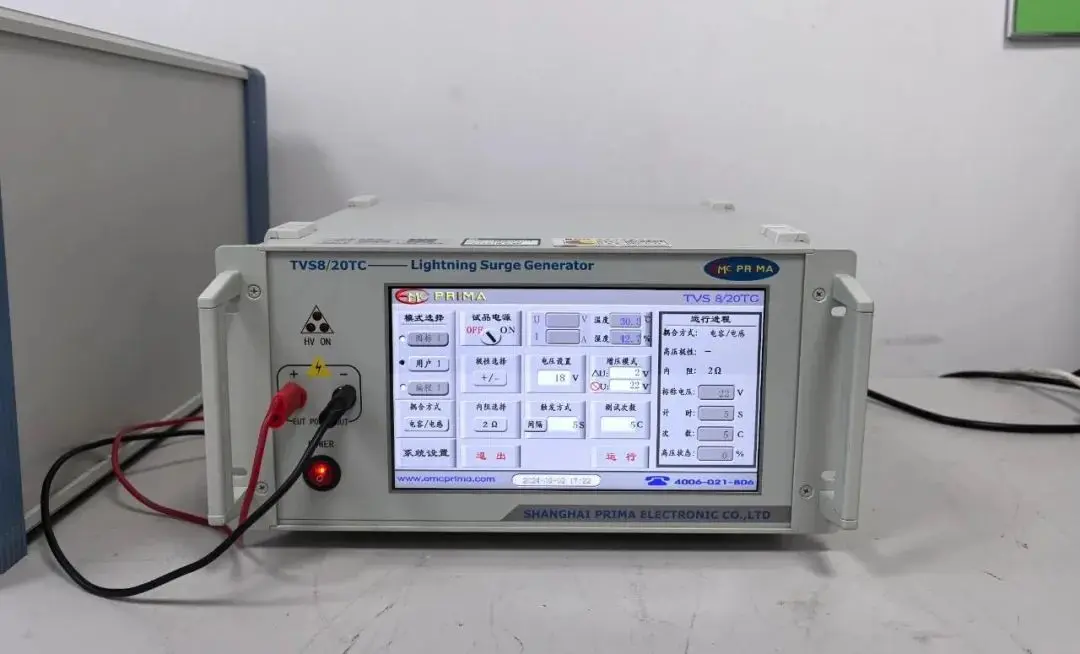 Amazon UL Standard Test Report
Amazon UL Standard Test Report
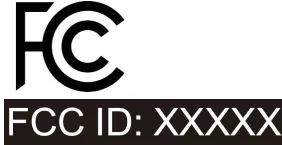 When Can FCC ID Modifications Be Filed?
When Can FCC ID Modifications Be Filed?
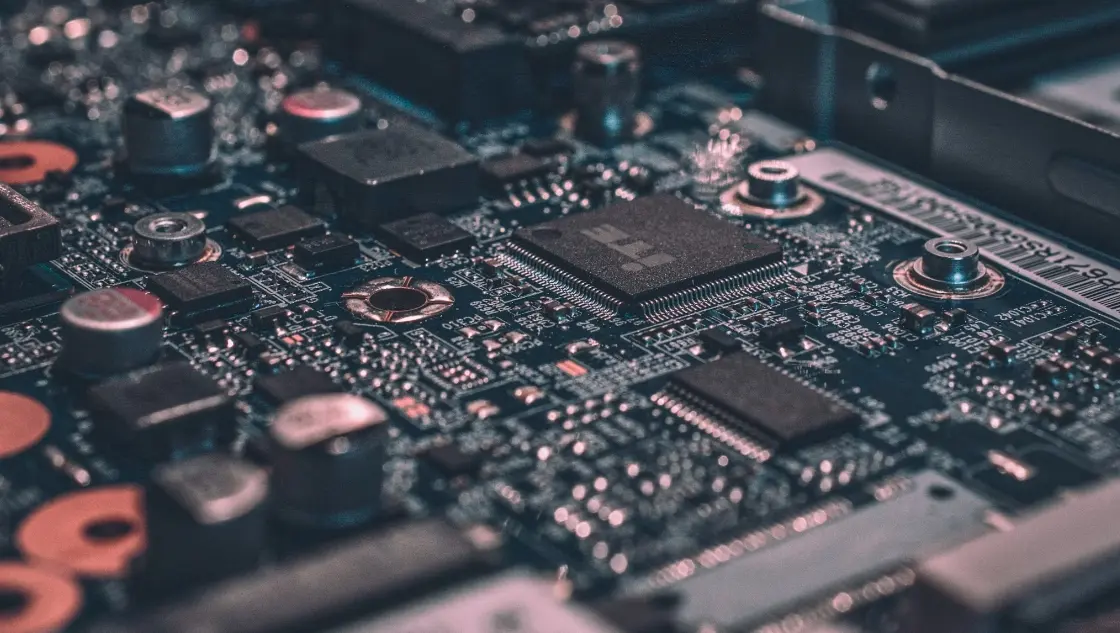 LoRa Certification Testing Laboratory
LoRa Certification Testing Laboratory
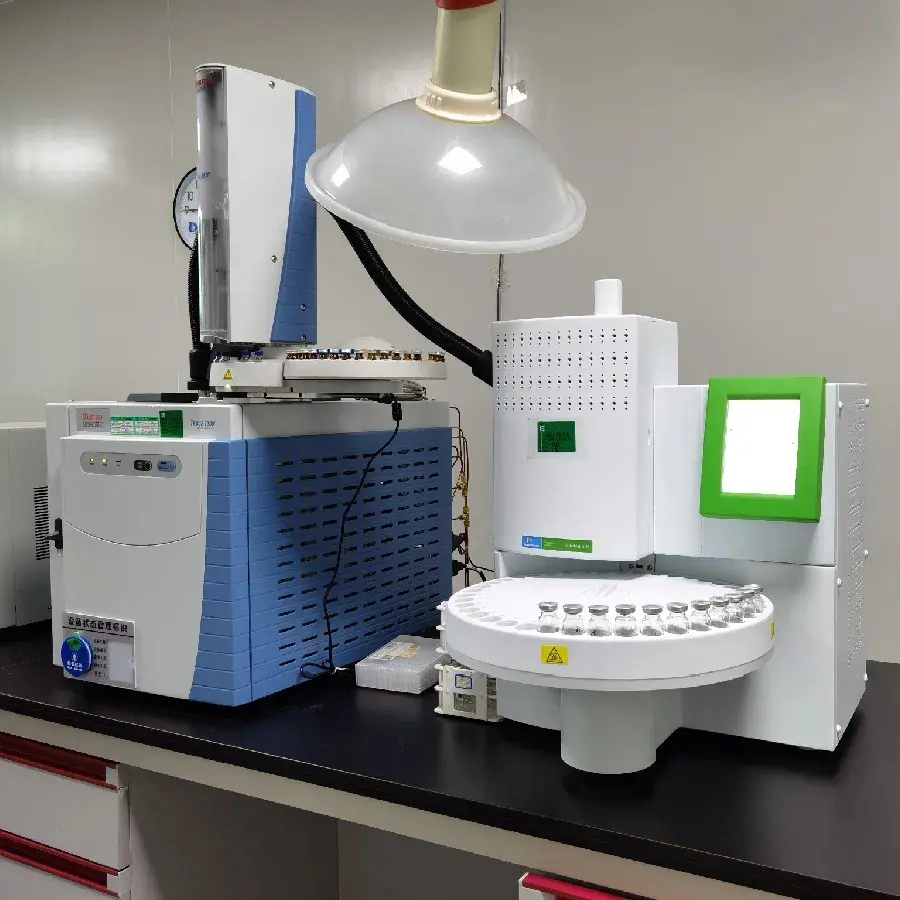 Blood Pressure Monitor Certification Testing Servi
Blood Pressure Monitor Certification Testing Servi
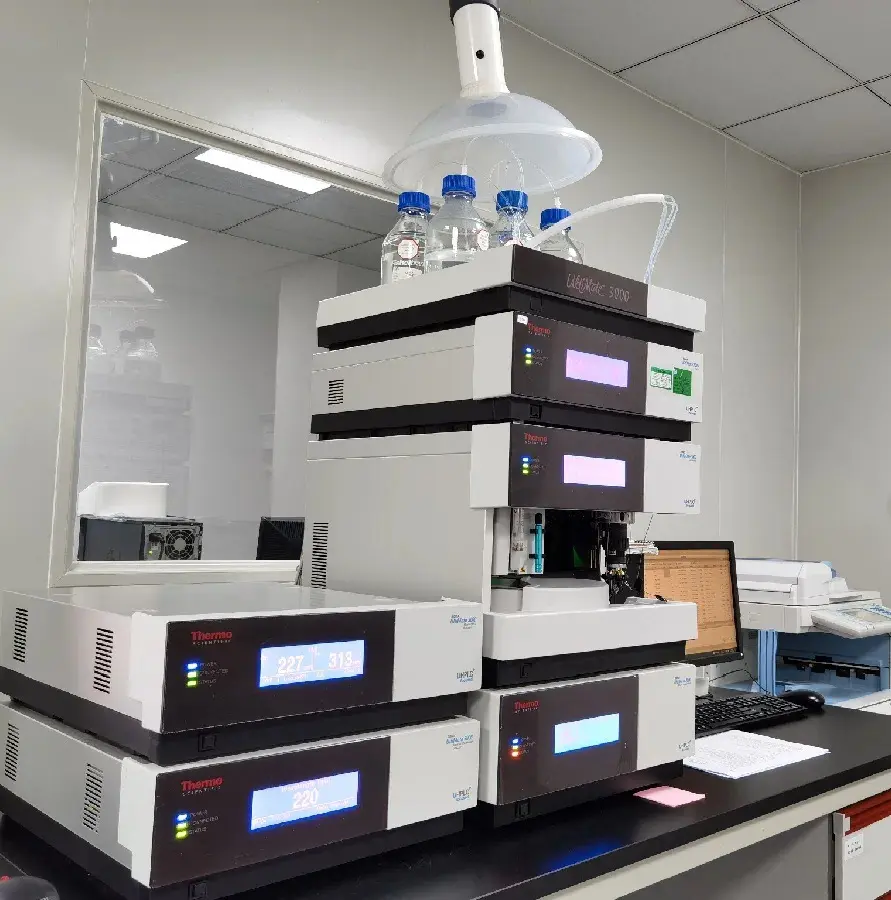 ECG Device Certification Testing
ECG Device Certification Testing
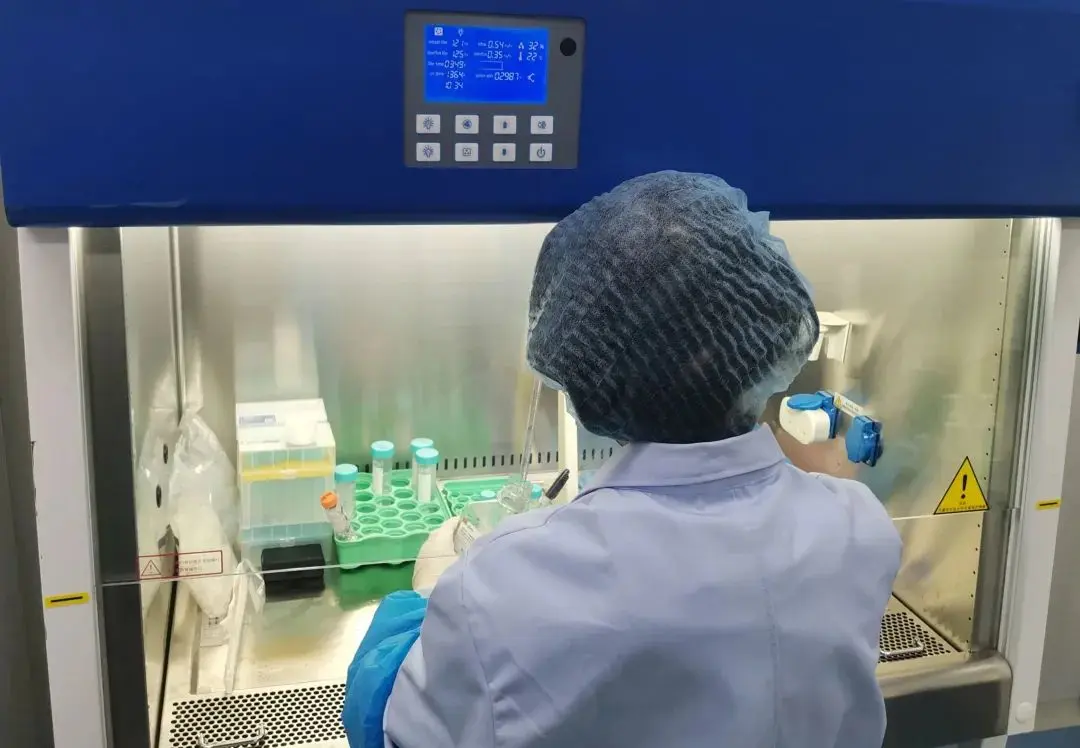 Pulse Oximeter Certification and Testing Standards
Pulse Oximeter Certification and Testing Standards
 IVD Medical Device GB 4793:2024 Test Report
IVD Medical Device GB 4793:2024 Test Report
 IECEE CBTL Testing Laboratory for IVD Medical Devi
IECEE CBTL Testing Laboratory for IVD Medical Devi
Leave us a message
24-hour online customer service at any time to respond, so that you worry!




